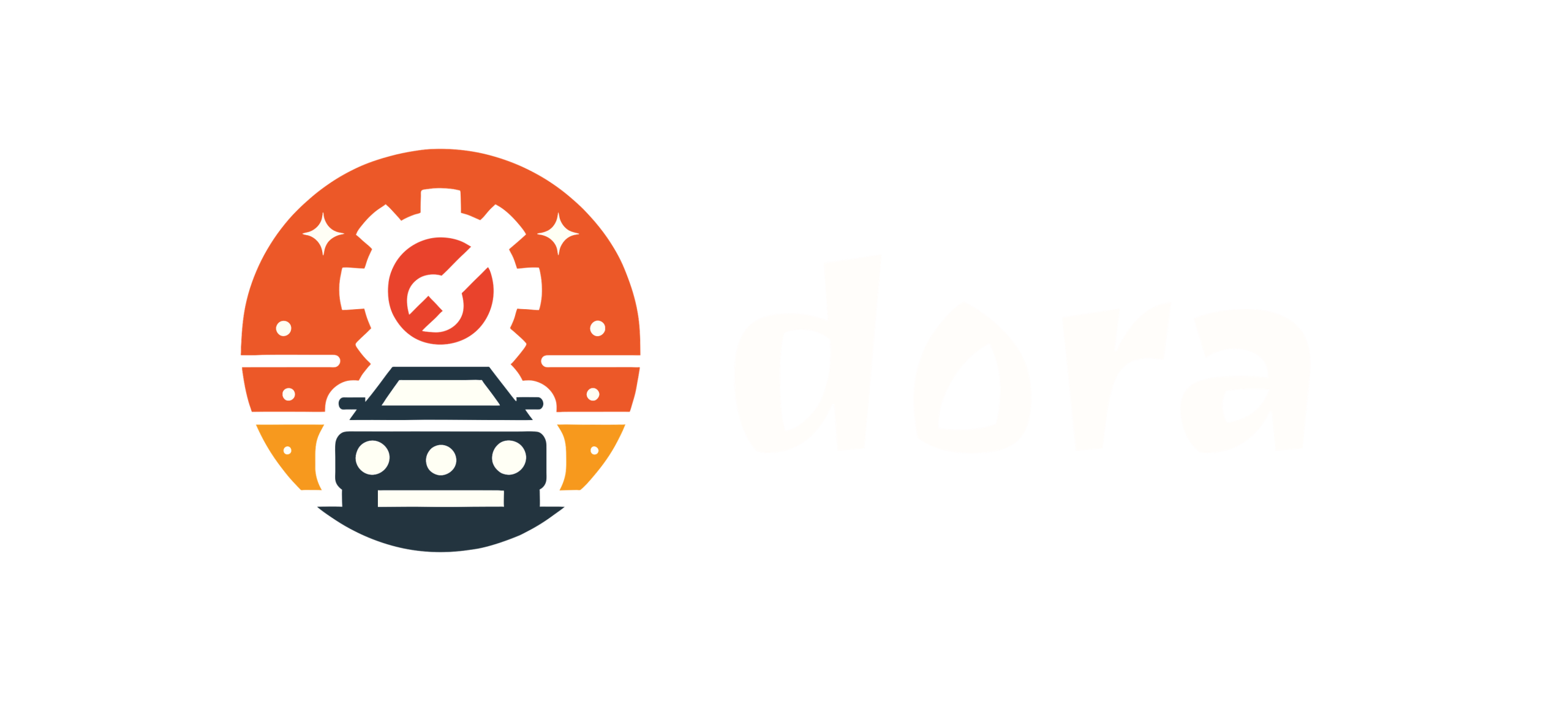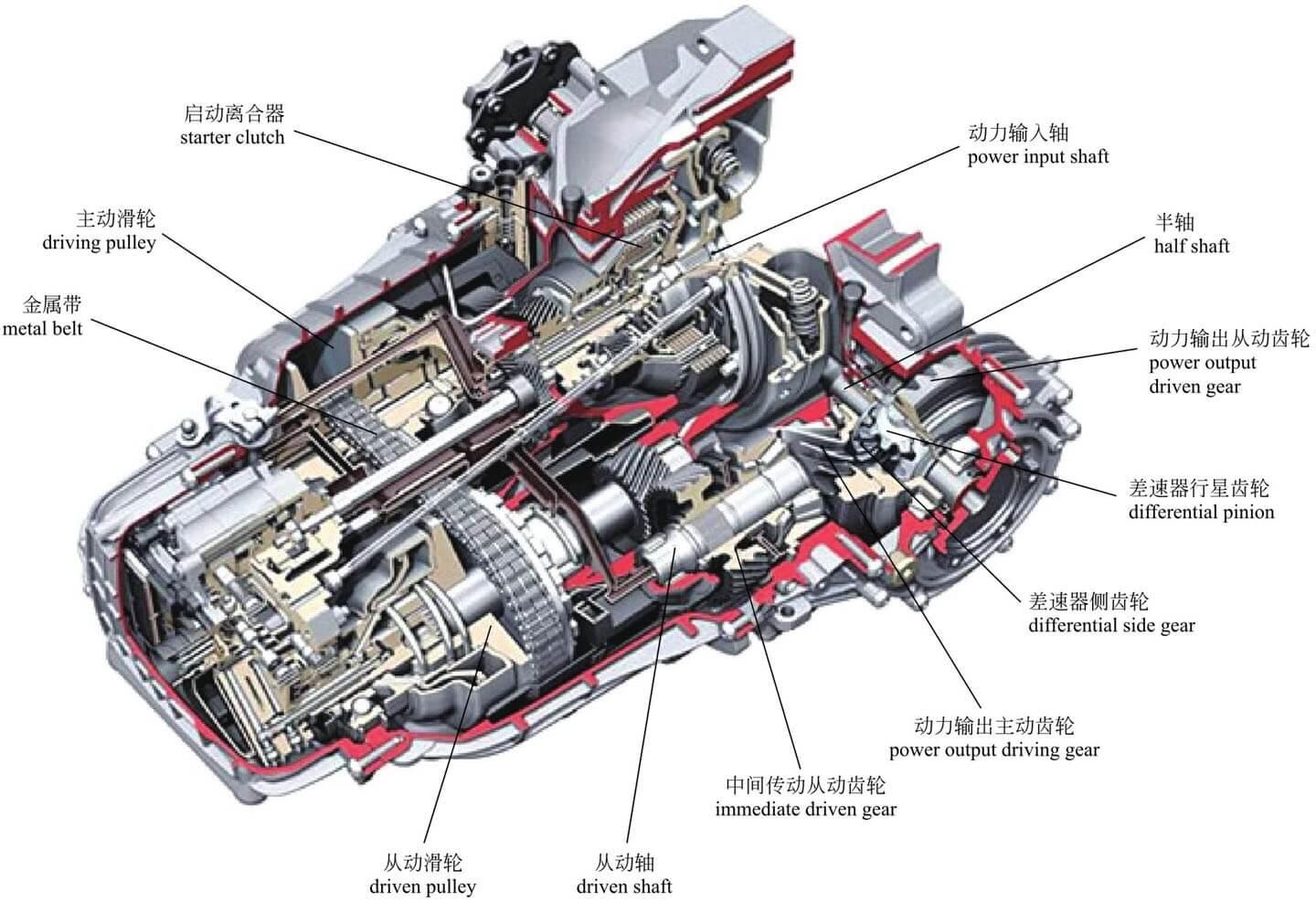whatsapp:8615858580561
About The Automobile Transmission
Transmission, also known as gearbox, is a mechanism used to change the speed and torque from the engine, it can be fixed or segmented to change the output shaft and input shaft transmission ratio. The transmission is composed of variable speed transmission and manipulation mechanism, some cars also have power output mechanism. The transmission mechanism is mostly driven by ordinary gear, but also by planetary gear.
Transmission basic noun terms:
(1) Active gear, passive gear. The input shaft can be understood to be connected to the clutch and rotated under the engine drive, the gear fixed on the input shaft is synchronously rotated, the gear is called active gear and the gear connected to the output shaft is forced to rotate, so the gear is called passive gear.
(2) Transmission ratio i. The ratio of the number of teeth of the drive gear to the number of teeth of the active gear is defined as the transmission ratio.
When the ratio between the number of gears of the drive gear and the number of gears of the active gear changes, the transmission ratio i changes, which will affect the output shaft speed change, that is, the wheel speed change. According to this basic principle to achieve variable speed.
(3) Forward gear, which can make the car move forward. Reverse gear, which can make the car move backward. Empty gear, each gear in the transmission is not in the working position, at this time the engine power is input to the input shaft, no longer transmitted to the output shaft.
(4) Direct gear. The engine power is not transmitted through any gear in the transmission, but the gear position directly output through the input shaft of the transmission and the output shaft directly connected to it is called direct gear. The direct gear transmission ratio is 1.
(5) Overspeed gear. That is, the speed of the output shaft is higher than the speed of the input shaft.
(6) The number of gears. Refers to the number of gears that a stepped gear transmission has. Commonly used gear transmissions are four to five gears, and three-gear transmissions are not common. The more gears, the better the adaptability of the car to driving conditions, the lower the fuel consumption, but the more complicated the transmission mechanism and the manipulation mechanism, making it difficult to manipulate, and the cost is also high.
(7) Low gear, high gear. In the gear of the transmission, the small number of gears is called low gear, the smaller the number of gears, the larger the transmission ratio, the greater the traction, and the lower the speed of the car. Such as the transmission ratio of one gear is the largest in the forward gear, the lower the speed of the car, the greater the traction. The large number of gears is called high gear, the larger the number, the smaller the transmission ratio, the smaller the traction, but the higher the speed of the car.
(8) gear shift. The process of transmission ratio conversion is called gear shift. Joint gear shift, the gear shift is by joining the gear together with the gear, the joint gear ring on the tooth side is engaged (or separated) to achieve the transmission ratio conversion is called the joint gear shift. Synchronous gear shift, using the synchronizer gear shift. The gear shift is not only no impact and noise on the joint teeth, but also short gear shift time.
(9) Jump gear. In the car driving due to wear and vibration of the joint gear, resulting in the joint casing and the joint gear ring are separated and the transmission is in an empty state.

